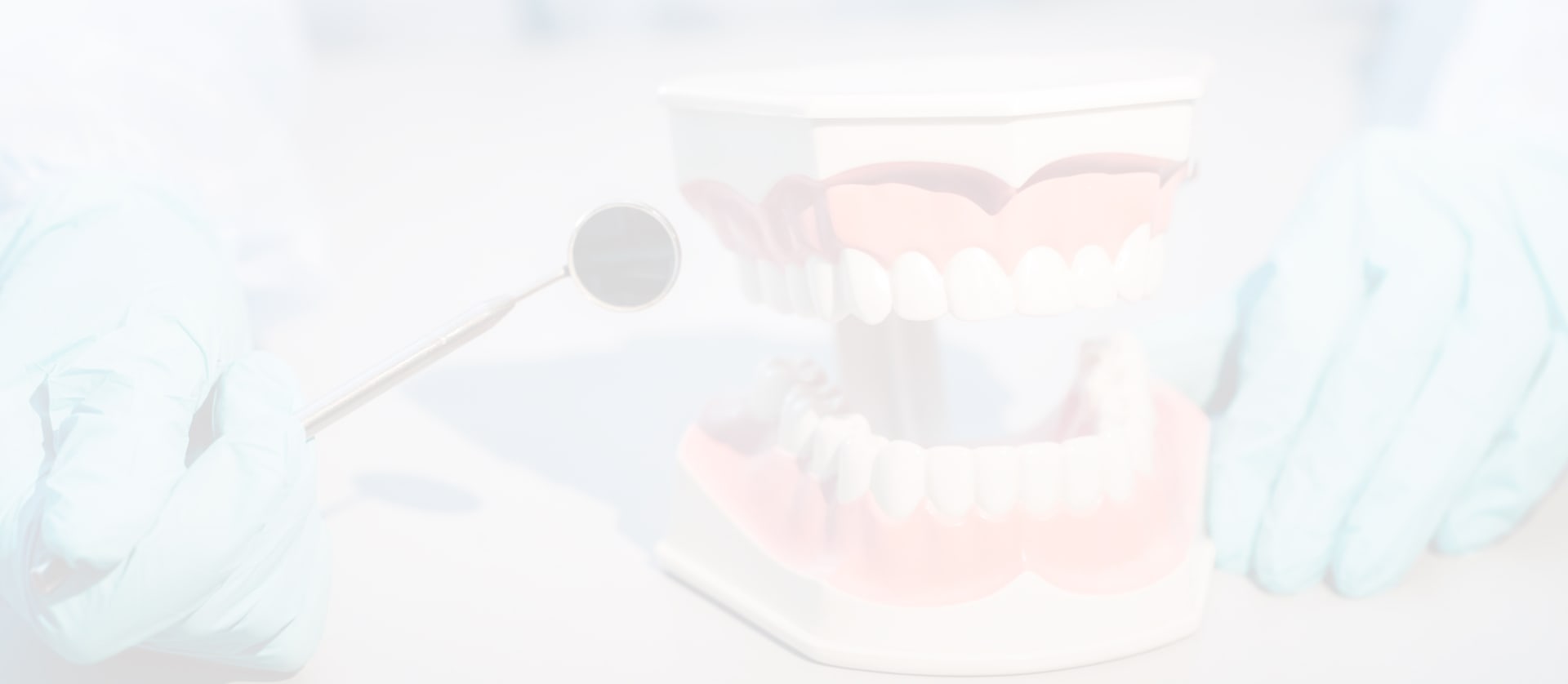Gingivitis and periodontitis are common gum diseases that typically start with unchecked plaque on your teeth. If you don’t address it early, it can lead to tooth loss and the need for restorative dental care.
Regular dental exams and cleanings can reduce your risk of both and help keep your gums and teeth healthy. While these conditions may share some similarities, they have distinct characteristics or symptoms that differentiate them.
Gingivitis is when you have gum inflammation, whereas periodontitis is when this inflammation spreads to other parts of your tooth, such as soft tissue and bone.
What Is Gingivitis?
Gingivitis is the mildest form of gum disease and is usually a result of poor oral hygiene. When plaque, a sticky film containing bacteria, builds up on the teeth and along the gumline, it can cause inflammation of the gum tissues.
If plaque remains from inadequate brushing and flossing, it can harden to form tartar. Tartar is harder to remove and requires professional dental cleaning.
The good news is that you can reverse gingivitis if detected and treated early. Practicing good oral hygiene, such as brushing at least twice daily, flossing daily, and scheduling regular dental check-ups and cleanings, can help prevent and manage gingivitis so it doesn’t progress to periodontitis.
Risk Factors for Gingivitis
You may be at a higher risk of developing increased plaque formation or gum inflammation with the following factors:
- Hormone changes
- Certain diseases
- Some medications
- Vitamin deficiencies
- Smoking
- Age
- Family history
What Is Periodontitis?
Periodontitis is an advanced stage of gum disease that occurs when gingivitis is left untreated or not managed effectively. It rarely occurs in children and is primarily seen in adults.
As plaque accumulates, it can spread below the gumline, causing the gums to pull away from the teeth, forming gum pockets that can become infected. The body’s immune system responds to the infection by breaking down the bone and gum tissue that hold the teeth in place. As a result, the teeth may become loose or eventually fall out if not addressed promptly.
Risk Factors for Periodontitis
These factors can increase your risk of developing periodontitis:
- Smoking
- Diabetes
- Poor oral hygiene
- Stress
- Heredity
- Crooked teeth
- Immuno-deficiencies
- Defective fillings
- Certain medications
- Improper fitting bridges
- Hormonal changes
Gingivitis or Periodontitis—Which One Do I Have?
While gingivitis and periodontitis are both gum diseases, they occur at different stages. You can differentiate whether you have gingivitis or periodontitis by their symptoms.
Gingivitis
The first signs of gingivitis are often:
- Red, swollen, and tender gums
- Gums that bleed easily, especially during brushing or flossing
- Gums that randomly bleed
- Gums may change colour
- Possible mild discomfort but not significant pain
Periodontitis
Periodontitis has similar symptoms to gingivitis but is more severe and can include the following warning signs:
- Swollen red gums
- Bleeding gums
- Gums that pull away from the teeth or receding gums
- Sensitive teeth
- Loose or shifting teeth
- Painful chewing
- Noticeable changes in bite alignment
- Significant bad breath
When to Seek Professional Help
If you suspect you may have gum disease, it’s essential to seek professional help promptly. Your dentist can conduct a dental examination of your teeth and gums, which may include X-rays to assess the bone and gum health.
During the examination, your dentist can measure the depth of the pockets around your teeth. If they are deeper than usual, it could indicate the presence of periodontitis. Additionally, they will look for signs of gum recession, tooth mobility, and bone loss, all indicators of advanced gum disease.
Treatment & Management
The treatment and management of gingivitis and periodontitis depend on the severity of the condition. For gingivitis, the primary focus is on improving oral hygiene. Your dentist may recommend more frequent dental cleanings to remove plaque and tartar buildup and provide guidance on proper brushing and flossing techniques.
For periodontitis, intensive treatment helps prevent further damage to the gums and bone. Scaling and root planing, also known as deep cleaning, involve removing plaque and tartar from the root surfaces and smoothing the tooth root to promote gum reattachment. In severe cases, you may receive medication or corrective surgery.
Prioritizing Oral Health
Maintaining healthy gums is crucial for overall oral health. When you know the symptoms of gingivitis and periodontitis, you can differentiate between them for timely intervention and proper treatment.
Gingivitis is reversible with improved oral hygiene and regular dental check-ups. However, periodontitis requires more comprehensive professional care to prevent tooth loss and complications.
Prevention is the key to avoiding gum diseases. Book an appointment with Fairlawn Dental Centre for your regular dental exam and cleaning. If you suspect any gum-related issues between your regular visits, don’t hesitate to contact us immediately.










